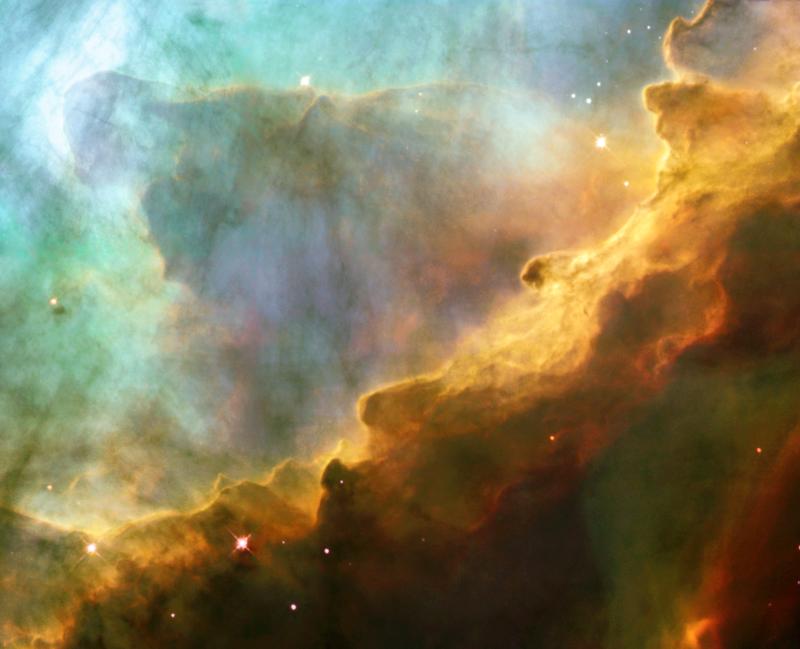Stellar Cannibalism Makes Massive Stars
By BellatrixAnother mystery about stellar evolution may have an answer. A group of astronomers looking at globular clusters think they have figured out the origin of a particular type of star known as a blue straggler. The evidence is not concrete but definitely seems to present a plausible answer to a plaguing mystery.
Globular clusters are tightly bound groups of stars that live on the outskirts of galaxies. They make for interesting places of study since usually most of the stars within a particular cluster formed around the same age, so studying different clusters of different ages gives us information about star’s evolutionary paths. Most globular clusters are quite old though, as opposed to open clusters which are usually much younger, and globular clusters are not producing any new stars. Almost every star in a globular cluster is an older star, at least several billion years old. So herein lay the mystery.
In many globular clusters a certain type of star was observed, blue stragglers. Blue stragglers are very massive hot blue stars. Normally, hot massive blue stars are considered young when they are observed because if it is born that hot and massive it will burn out its fuel generally in several million to a few hundred million years. So the problem with finding them in these globular clusters is that since we know the clusters are much older than a few hundred million years these stars should not exist there. So how is it that these stars are where they are and look how they look??
There were two general theories about how these stars are formed. The first involved collisions between stars. You have two stars of medium mass colliding to make one massive star. The other theory was that of stellar cannibalism, in which one star in a binary system feeds of the mass of the other star. Binary systems are just those that contain two stars orbiting around and interacting with each other.
Researchers set out to answer this question by looking at 56 globular clusters. They found that the predicted number of collisions did not match that which was required to give the number of blue stragglers, thus dispelling that theory. They did, however, notice a correlation between the mass contained within the core of the cluster and the number of blue stragglers. It is known that the more massive the core is the higher numbers of binary systems exist within it. Thus they could infer a relationship between number of binary systems and the number of blue stragglers, seeming to support the second theory. This conclusion is also supported by direct observation of the number of binary systems in cluster cores. All of this points toward stellar cannibalism as the explanation. This would not be the only instance of stellar cannibalism in the galaxy. It has been seen many times in binary systems where one star is massive, usually a red giant, and the other is a white dwarf, or already dead star. The smaller white dwarf accretes matter from its larger partner until nuclear burning reignites on the star causing a nova explosion.
The next step for these researchers is to try and find out some information about the original two stars in the binary system, or the parents of the blue straggler. There must be something special about these binary systems that initiates the cannibalism. Are they mostly isolated, or could dynamical interactions between the system and nearby stars be a factor? It’s interesting that we do know a lot about stellar evolution and dynamics but there is always new and interesting ways in which the universe is trying to stump us.
